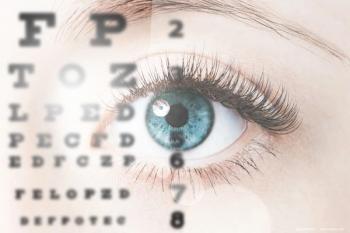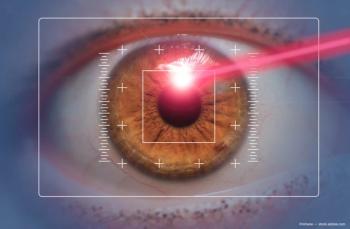
Eye drop offers action at surface, cellular levels
A new generation of dry eye therapy is artificial tears offering both lubricating and osmoprotective components that protect the eye at the surface and the cellular level.
Key Points
"One of the unique aspects of this tear compared with some of the others is that it provides lubrication to the ocular surface, but it also helps with osmoprotection, keeping the epithelial cells healthy and functioning," said David R. Hardten, MD, founding partner and director of external disease, Minnesota Eye Consultants, Minneapolis. Dr. Hardten, who also is an adjunct associate professor at the University of Minnesota, has conducted studies of the drops when used in conjunction with topical cyclosporine A (Restasis, Allergan).
Some drops treat dry eye by providing more water to dilute the build-up of salts, but relief from symptoms is only momentary, Dr. Wilson said. "The solutes in [this product] keep liquid within the epithelial cells and provide a relatively longer-term relief from the dry eye, which is exactly what was observed when [the manufacturer] did the initial studies comparing [these eye drops] to several other available artificial tears."
"This is a new treatment strategy for dry eye," said William Trattler, MD, Center for Excellence in Eye Care, Miami. "It's a next-generation artificial tear for all forms of dry eye. Some of my patients who have tried it have noticed a real difference. They say it's very comfortable and that it works really well for them."
He said he has been recommending it as the first-line dry eye treatment for new patients as well as suggesting it to established patients who are searching for a more effective artificial tear, those who need to use a tear in conjunction with topical cyclosporine, and patients who have had surgery.
"One of the nice things about [the product] is that it fits in for a broad spectrum of dry eye patients," Dr. Hardten said. "For the intermittent user of artificial tears and even up to those with moderate or severe dry eye, it's a very comfortable drop. When you put it in, it doesn't blur for very long and it doesn't sting."
Newsletter
Don’t miss out—get Ophthalmology Times updates on the latest clinical advancements and expert interviews, straight to your inbox.















































.png)


